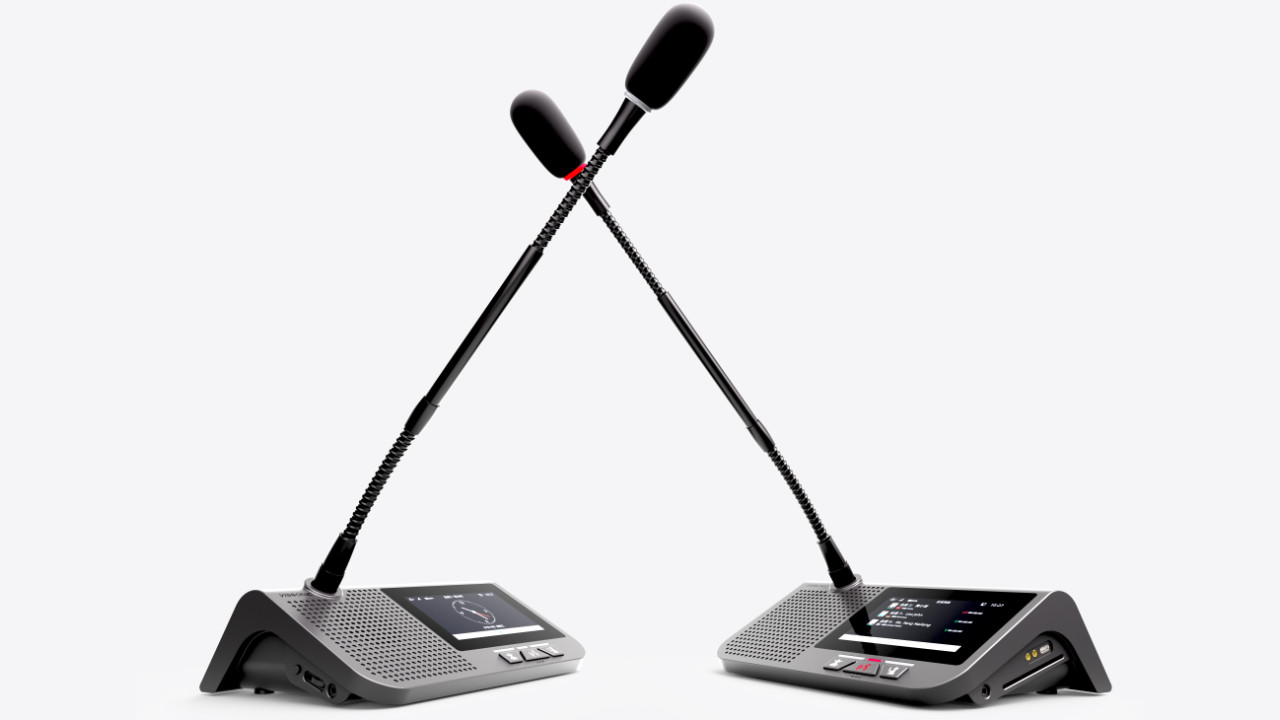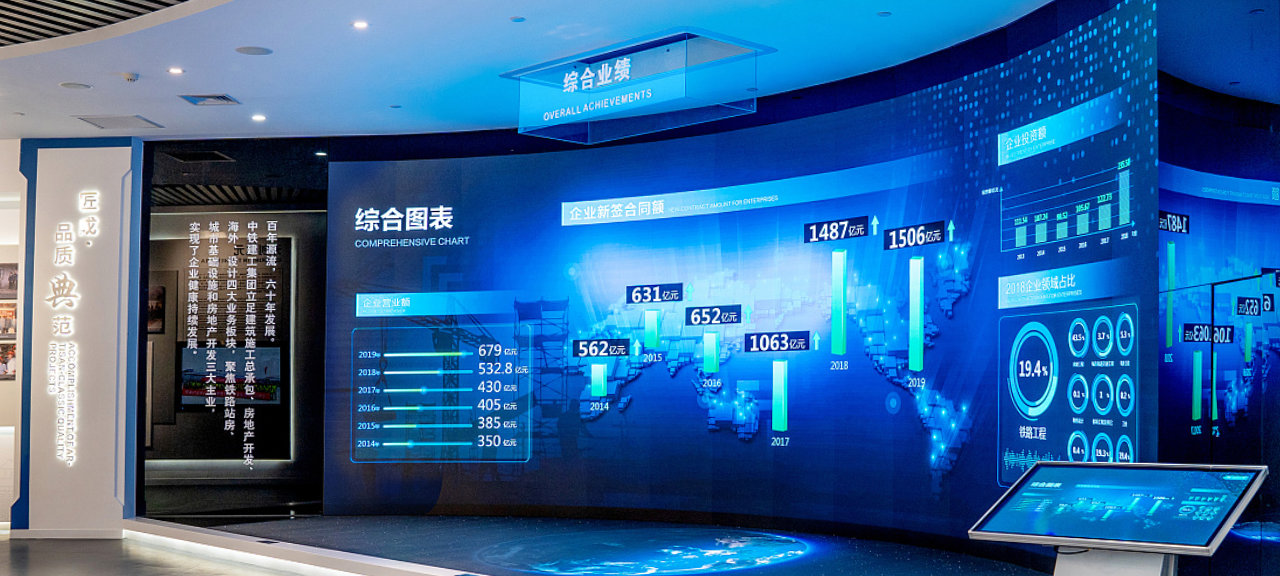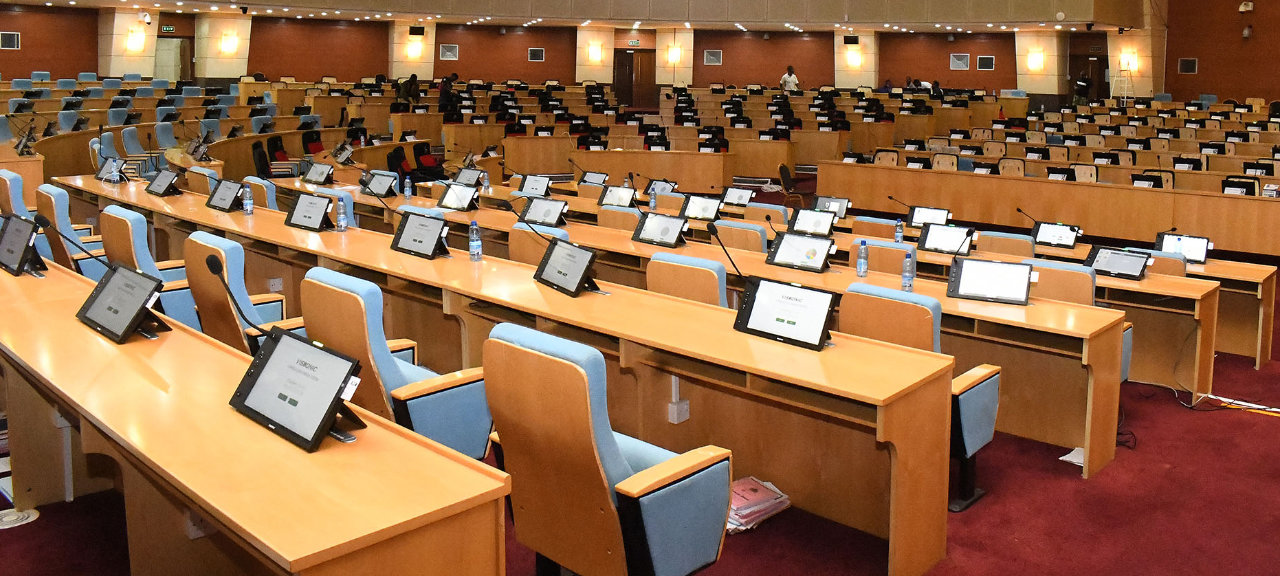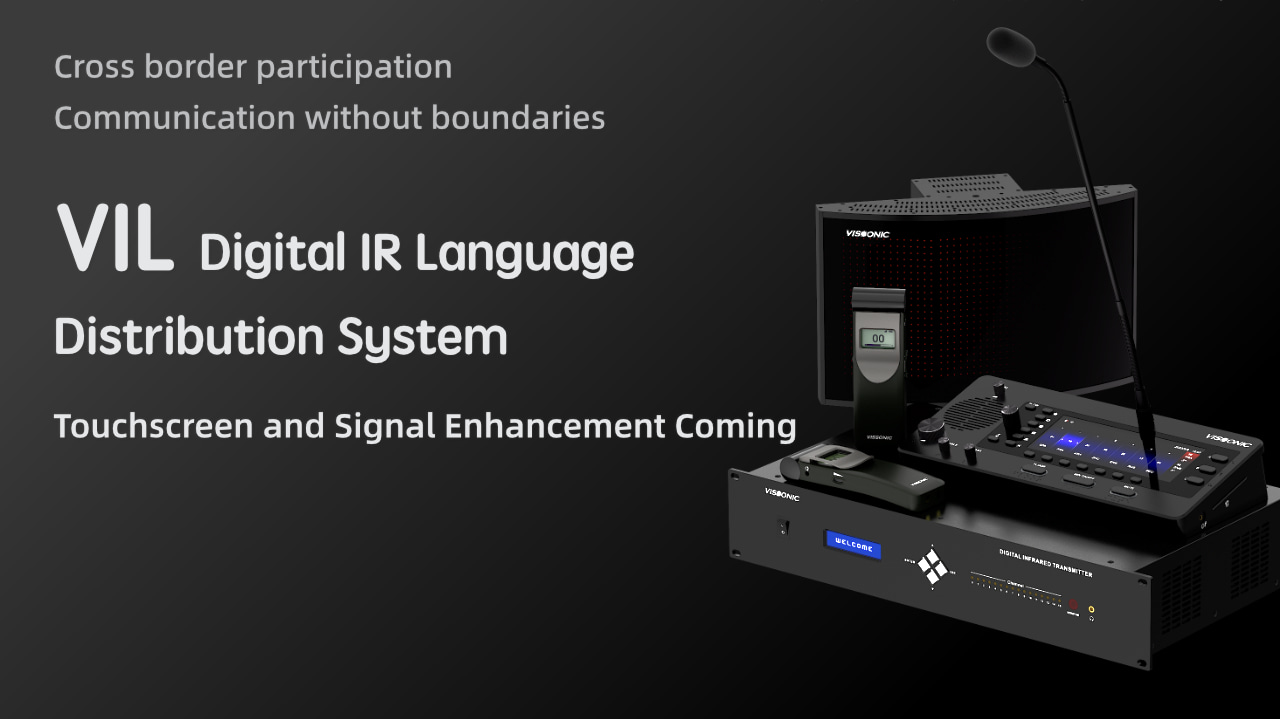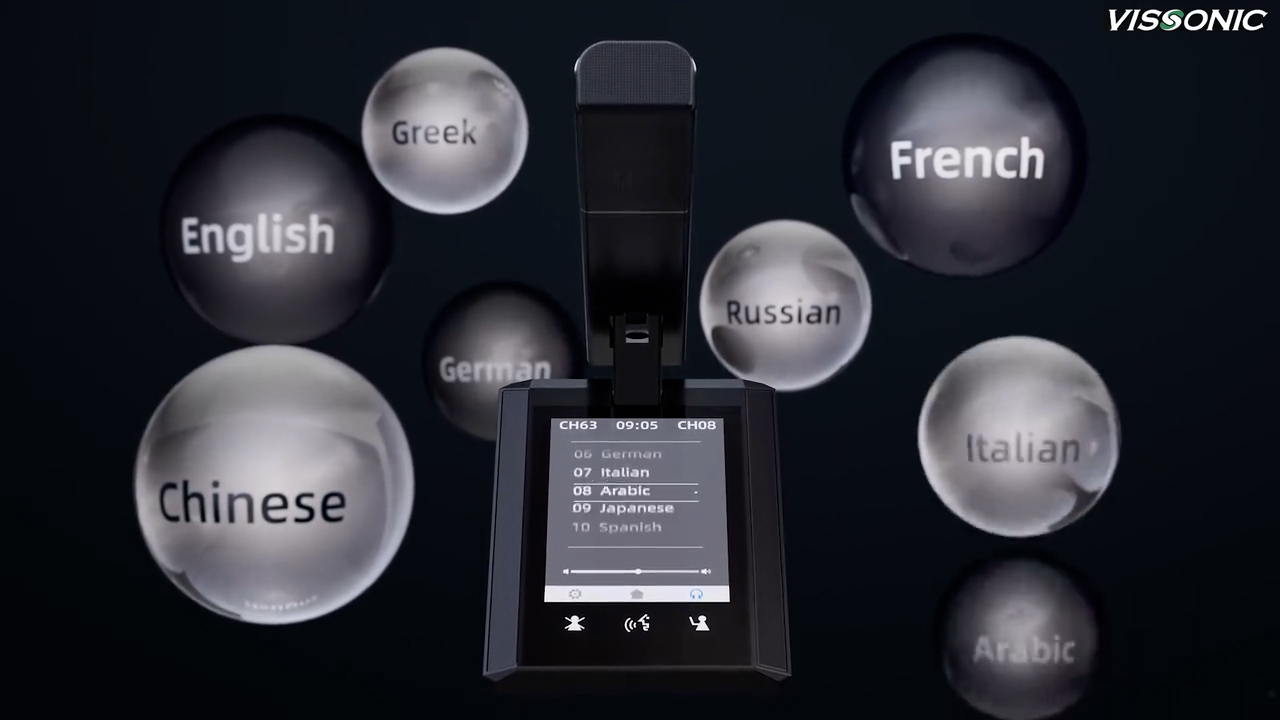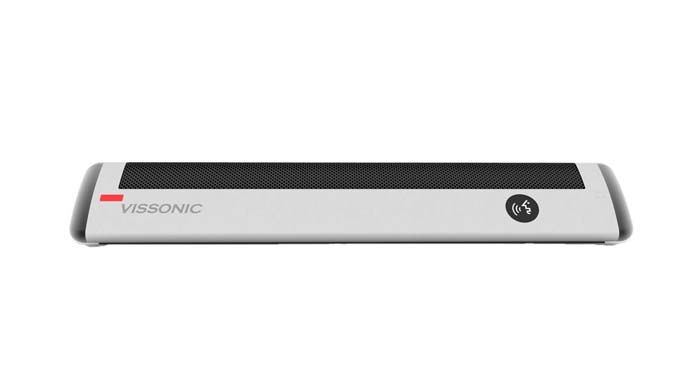Key Terms for Understanding Conference Microphone Systems
Conference microphone systems are essential for ensuring clear and effective communication in meetings, conferences, and other group settings. Understanding the key terms associated with conference microphone systems will help you make informed decisions when selecting and setting up the right system for your needs. In this guide, we will explain important terms related to conference microphone systems.
Boundary Microphone:
A boundary microphone, also known as a PZM (Pressure Zone Microphone) or a boundary layer microphone, is a type of microphone designed to be placed on a flat surface, such as a table or podium. It uses the surface to enhance sound capture and minimize ambient noise, making it ideal for conference rooms and boardrooms.
CLASSIC-D Digital Wired Conference System in FPCCI Pakistan
Gooseneck Microphone:
A gooseneck microphone consists of a flexible, adjustable neck that allows the microphone to be positioned at the desired height and angle. These microphones are commonly used in conference rooms, as they provide versatility in capturing audio from different speakers or participants.
Delegate Microphone:
A delegate microphone is a specialized microphone used in conference settings, where multiple participants have the opportunity to speak. These microphones are typically equipped with features like push-to-talk buttons, priority control, and voting functions. They allow participants to take turns speaking and ensure smooth and organized discussions.
Full Digital Wired Basic Discussion Chairman/Delegate Unit
Chairman Microphone:
A chairman microphone, also known as a chairman unit, is a specific type of delegate microphone used by the chairperson or moderator of a conference. It often has additional features, such as the ability to override other microphones, control the discussion flow, and manage voting functions. The chairman microphone provides control and authority during meetings.
Wireless Microphone:
A wireless microphone is a microphone that operates without a physical cable connection to the sound system. It uses wireless transmission technology, such as radio frequency or Bluetooth, to transmit audio signals to a receiver or sound mixer. Wireless microphones provide freedom of movement for the speaker and are commonly used in conferences and presentations.
Digital Array Microphone Chairman/Delegate Unit
Lavalier Microphone:
A lavalier microphone, also known as a lapel microphone, is a small microphone that can be clipped to the speaker's clothing, typically on the lapel or collar. It offers hands-free operation and is commonly used by presenters, speakers, and moderators who need mobility while delivering their speech or presentation.
Ceiling Microphone:
A ceiling microphone is a microphone that is installed in the ceiling of a room. It captures audio from all directions, providing uniform coverage throughout the space. Ceiling microphones are often used in large conference rooms, lecture halls, or auditoriums to ensure even distribution of sound and to minimize visibility of microphones.
Beamforming Microphone Array:
A beamforming microphone array consists of multiple microphones arranged in a specific pattern to focus on the sound source and filter out ambient noise. It uses advanced signal processing algorithms to enhance the audio quality and clarity of the captured sound. Beamforming microphone arrays are effective in large conference rooms or settings with challenging acoustic conditions.
DSP (Digital Signal Processing):
Digital Signal Processing refers to the technology used to manipulate and enhance audio signals in real time. Conference microphone systems often incorporate DSP to optimize audio quality, reduce background noise, and apply various audio effects. DSP algorithms can improve intelligibility and overall sound performance in conference settings.
Digital Networked DSP Conference Processor for Array Mic
Echo Cancellation:
Echo cancellation is a feature used in conference microphone systems to eliminate or reduce echo caused by audio feedback. It analyzes the audio input and output signals and removes any delayed audio reflections, resulting in clearer and more natural sound reproduction.
Automatic Gain Control (AGC):
Automatic Gain Control is a feature that adjusts the microphone's gain (volume level) automatically to maintain a consistent output level regardless of the speaker's distance from the microphone.
VISSONIC Electronics is a PRO AV manufacturer and solution provider, with its own brand VISSONIC, is comprised of R & D, production, sales and marketing worldwide. We mainly developing high tech audio visual devices including: Digital DSP Conference system, 5G wifi wireless conference system, wireless translation system, matrix switchers for standalone and modular, and video wall processor etc.
Questions? Need A System Quote?
If any other questions arise that are not addressed here, or want to discuss a custom package to meet your organization’s needs please call me toll-free at: +86 20 82515140 or email: info@vissonic.com.

